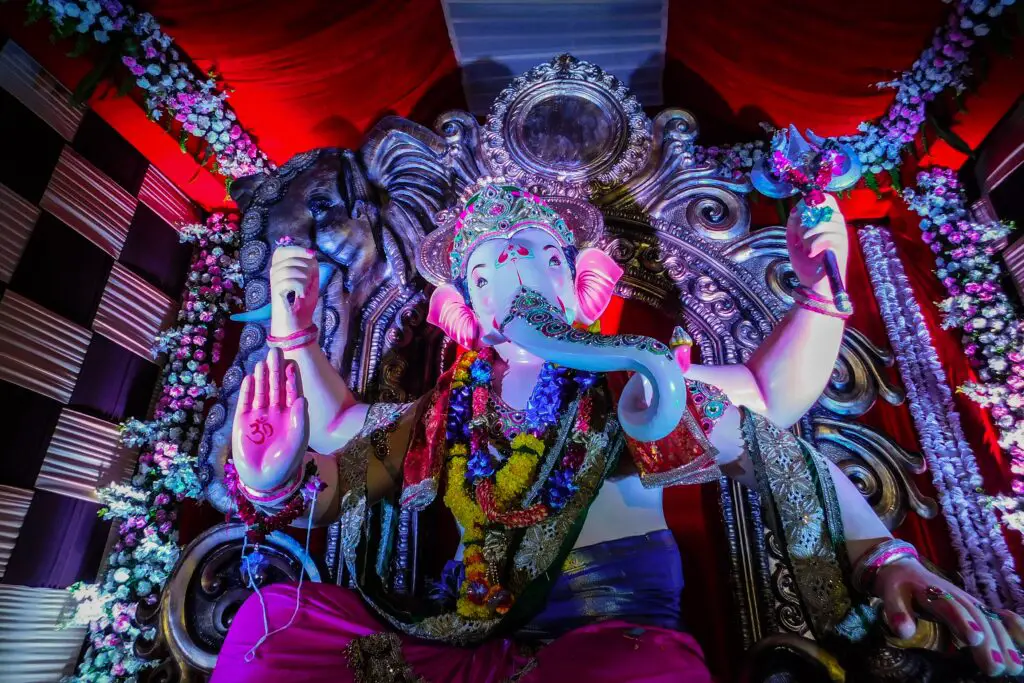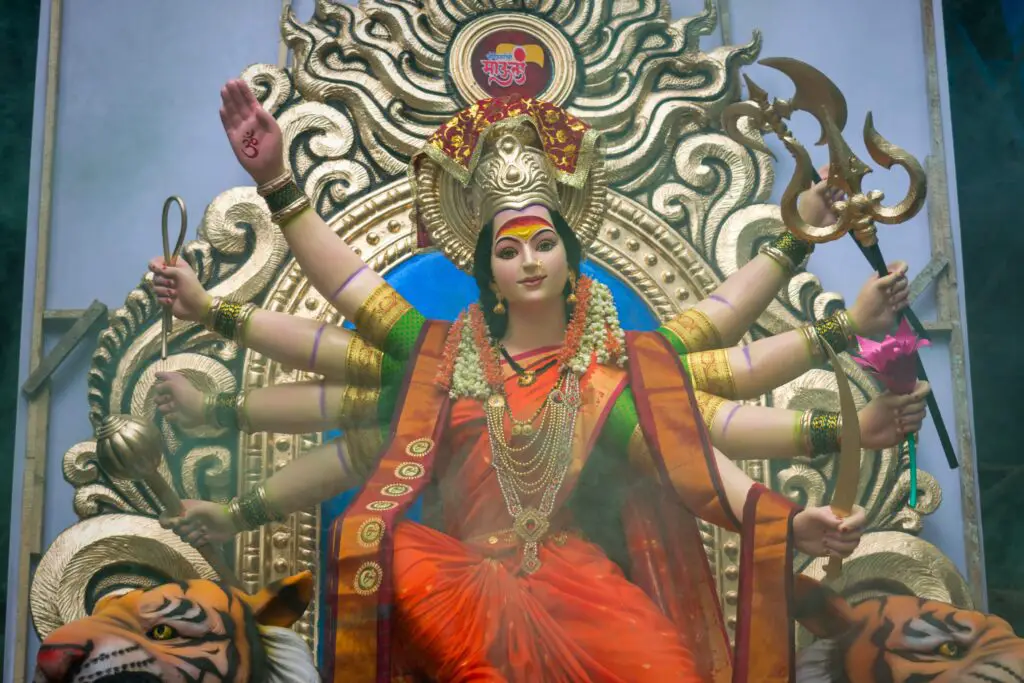Have you ever been intrigued by the vibrant and diverse world of languages? If so, prepare to embark on a colorful journey through the Armenian language. In this article, we will explore the captivating world of colors in Armenian, providing you with practical insights and key phrases to enhance your language learning adventure. Whether you are a beginner or an intermediate learner, join us as we delve into the linguistic landscape of Armenian and uncover the beauty of its colorful expressions. Get ready to immerse yourself in the rich hues that adorn this fascinating language.
Introduction
Welcome to the world of colors in Armenian! In this article, we will explore the importance of colors, their cultural significance, and symbolism. We will also delve into the basic, intermediate, and advanced colors in Armenian, and learn about color idioms and vocabulary in everyday life. Additionally, we will discuss color associations and perceptions, and discover how colors are intertwined with Armenian folklore. Finally, we will offer tips on using colors in Armenian conversations, whether you want to describe colors or ask about them. So, let’s dive into the vibrant world of colors in Armenian!
See Also: Colors In Ancient Greek
The Importance of Colors
Colors play a significant role in our lives, impacting our moods, emotions, and perceptions. They have the power to evoke feelings and convey messages without words. In Armenian culture, colors hold great importance and are deeply intertwined with traditions, symbolism, and everyday life.
Cultural Significance
Armenia, a country rich in history and culture, has a unique relationship with colors. Different colors are associated with specific customs, events, and even emotions. For example, red is often associated with love and passion, while blue is connected to spirituality and wisdom. Understanding the cultural significance of colors in Armenia allows for a deeper appreciation and understanding of the country’s traditions and customs.
Symbolism
Colors are also powerful symbols in Armenian culture. They can represent various concepts and ideas, such as purity, bravery, or prosperity. For instance, yellow may symbolize the sun and bring about thoughts of warmth and happiness. By understanding the symbolism behind colors in Armenian culture, we can gain insight into the deeper meanings and messages conveyed through color choices.

Basic Colors in Armenian
Let’s start exploring the world of colors in Armenian with the basic colors. These colors are the foundation of any language’s color vocabulary and are widely used in everyday conversations.
Red
In Armenian, “red” is “կարմիր” (karmir). This color is often associated with love, passion, and energy. It can be found in traditional Armenian textiles and artwork, symbolizing strength and vitality.
Blue
The Armenian word for “blue” is “կապույտ” (kapuyt). Blue holds a special place in Armenian culture, representing spirituality, wisdom, and calmness. It is a color often associated with the Armenian Church and can be seen in the intricate frescoes and mosaics of ancient Armenian monasteries.
Yellow
“Yellow” in Armenian is “դեղին” (deghin). This color is associated with the sun, warmth, and happiness. Yellow is often used in Armenian folk art and traditional clothing, adding a vibrant and joyful touch to various designs.
Green
The Armenian word for “green” is “կանաչ” (kanach). Green represents nature, fertility, and growth. It is a color commonly found in Armenian landscapes, especially during the spring and summer seasons. Green symbolizes the abundance of life and the beautiful Armenian countryside.
Intermediate Colors in Armenian
Moving on from the basics, let’s explore the intermediate colors in Armenian. These colors add depth and nuance to conversations and expand the color palette.
Orange
In Armenian, “orange” is “նարնջագույն” (narnjaguyn). Orange is a warm and vibrant color associated with energy, creativity, and enthusiasm. It is often used in Armenian art and design to add a bright and lively touch.
Purple
The Armenian word for “purple” is “լավագույն” (lavaguyn). Purple is a color associated with royalty, luxury, and spirituality. It is often used in traditional Armenian textiles and religious artwork, adding a regal and majestic touch.
Brown
“Brown” in Armenian is “երգական” (ergakan). Brown represents reliability, stability, and earthiness. It is often associated with the natural landscapes of Armenia, such as the mountains and forests. Brown is a color that embodies a sense of grounding and connection to the land.
Gray
The Armenian word for “gray” is “գույնագագաթ” (guynagagat). Gray is a neutral color representing stability, practicality, and modesty. It is often used in Armenian architecture and design to create a balance between different elements.

Advanced Colors in Armenian
Now, let’s explore the advanced colors in Armenian. These colors add complexity and variety to the Armenian color vocabulary.
Pink
In Armenian, “pink” is “բռնագույն” (brnaguyn). Pink is a color associated with compassion, love, and sweetness. It is often used in Armenian celebrations, such as weddings and birthdays, to create a joyful and festive atmosphere.
Turquoise
The Armenian word for “turquoise” is “թուրքուազ” (turkuaz). Turquoise is a color representing tranquility, calmness, and protection. It is often used in Armenian jewelry and decorations, adding a touch of elegance and serenity.
Indigo
“Indigo” in Armenian is “ընդունարավ” (undunarav). Indigo is a deep and intense color associated with spirituality, intuition, and inner wisdom. It is often used in Armenian traditional textiles and artwork to symbolize depth and introspection.
Magenta
The Armenian word for “magenta” is “մագենտա” (magenta). Magenta is a bold and vibrant color representing harmony, creativity, and transformation. It is often used in Armenian contemporary art and design to evoke a sense of energy and innovation.
Color Idioms in Armenian
Colors are not only used to describe the world around us; they also find their way into idiomatic expressions and phrases in Armenian. Let’s explore some color idioms that are commonly used in everyday conversations.
Expressions with Colors
- “Կարմիր սպասում եմ” (Karmir spasum em) – Translation: “I’m waiting in red.” Meaning: Waiting impatiently and eagerly for something.
- “Կապույտ երեք գիրք եմ կարդալ” (Kapuyt yerekh girk em kardal) – Translation: “I read three blue books.” Meaning: To read extensively or to be well-read.
- “Շատ դեղիներ” (Shat deghiner) – Translation: “Many yellows.” Meaning: A lot of money, wealth, or abundance.
Color idioms add colorfulness to the Armenian language, providing an expressive way to communicate thoughts and emotions.

Color Vocabulary in Everyday Life
Colors are not only found in objects and nature but are also woven into the fabric of everyday life in Armenia. Let’s explore how color words are used to describe objects and nature in Armenian.
Color Words in Objects
Armenian speakers often use color words to describe various objects, adding vividness and specificity to their descriptions. For example, “փայտագույն մարդ” (paytaguyn mard) translates to “emerald-colored man,” describing someone with vibrant green eyes. Another example is “կարմիր մարտական” (karmir martakan) which means “red carpet,” symbolizing a prestigious or special event.
Color Words in Nature
Armenian nature is characterized by its diverse colors, which are often reflected in the language. For instance, “դեղին ալգեիր” (deghin algeir) translates to “golden autumn,” capturing the warm and vibrant colors of the fall season. Another example is “կանաչ օդանավուկ” (kanach odanavuk), meaning “green meadow,” describing a serene and lush grassy area.
Color Associations and Perceptions in Armenian
Colors can have different associations and perceptions across cultures. Let’s explore the cultural differences and personal associations with colors in Armenia.
Cultural Differences
While some color associations may be similar across cultures, there are also unique cultural differences. In Armenia, for example, the color black is often associated with mourning and sadness, whereas in some Western cultures, it may also symbolize elegance or sophistication. Understanding these cultural differences helps avoid misunderstandings and promotes cultural sensitivity.
Personal Associations
Colors can also hold personal meanings and associations for individuals. For some Armenians, the color red may symbolize national pride and resilience, while for others, it may evoke memories of celebrations and festivities. Personal associations with colors can vary based on individual experiences, preferences, and cultural background.
Colors in Armenian Folklore
Armenian folklore is rich with myths, legends, and stories that often include references to colors. Let’s explore how colors are intertwined with Armenian folklore.
Myths and Legends
In Armenian folklore, colors are often used to depict mythical creatures, magical realms, and extraordinary phenomena. For example, the mythical bird “անծառ” (antsar) is described as having beautiful fiery red feathers, symbolizing its otherworldly nature. These colorful depictions in Armenian folklore add a touch of magic and enchantment to the stories that have been passed down through generations.
How to Use Colors in Armenian Conversation
Now that we have explored the world of colors in Armenian, let’s discover how to use them in conversations. Whether you want to describe colors or ask about them, here are some helpful phrases to expand your color vocabulary in Armenian.
Describing Colors
- “Արևագույն” (Arevakuyin) – “Sunflower yellow”
- “Կապույտ երանցակագույն” (Kapuyt erantsakaguyn) – “Turquoise blue”
- “Սպիկակագույն” (Spikakaguyn) – “Emerald green”
- “Ռոզակագույն” (Rozakaguyn) – “Rose pink”
Use these phrases to vividly describe colors during conversations in Armenian, allowing you to paint a more vibrant picture and express yourself more accurately.
Asking about Colors
- “Ինչ գույնը է այս օբյեկտին?” (Inch guynë e ays օbjektin?) – Translation: “What color is this object?”
- “Ինչ գույնը ունիս տվյալ բութակի?” (Inch guynë unis tvyal butaki?) – Translation: “What color is your shirt?”
These phrases will help you inquire about colors in Armenian, allowing you to engage in colorful conversations and expand your language skills.
See Also: Colors In Greek
In conclusion, colors in Armenian are not just words but gateways to a rich cultural heritage, symbolism, and personal expression. By understanding the importance of colors in Armenian culture, mastering their vocabulary, and exploring their diverse associations, you can deepen your understanding of the language and unleash your creativity in conversations. So, embrace the world of colors in Armenian and let them paint your language learning journey with vibrance and joy!




